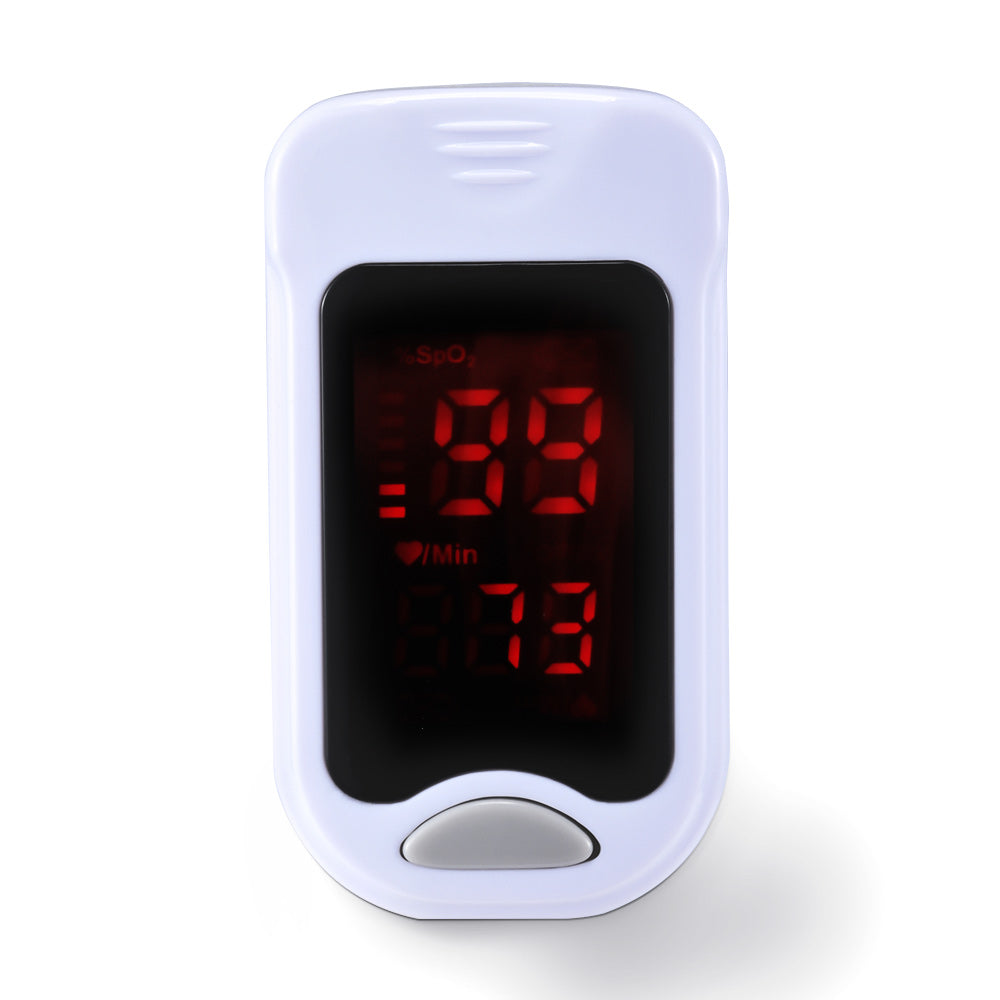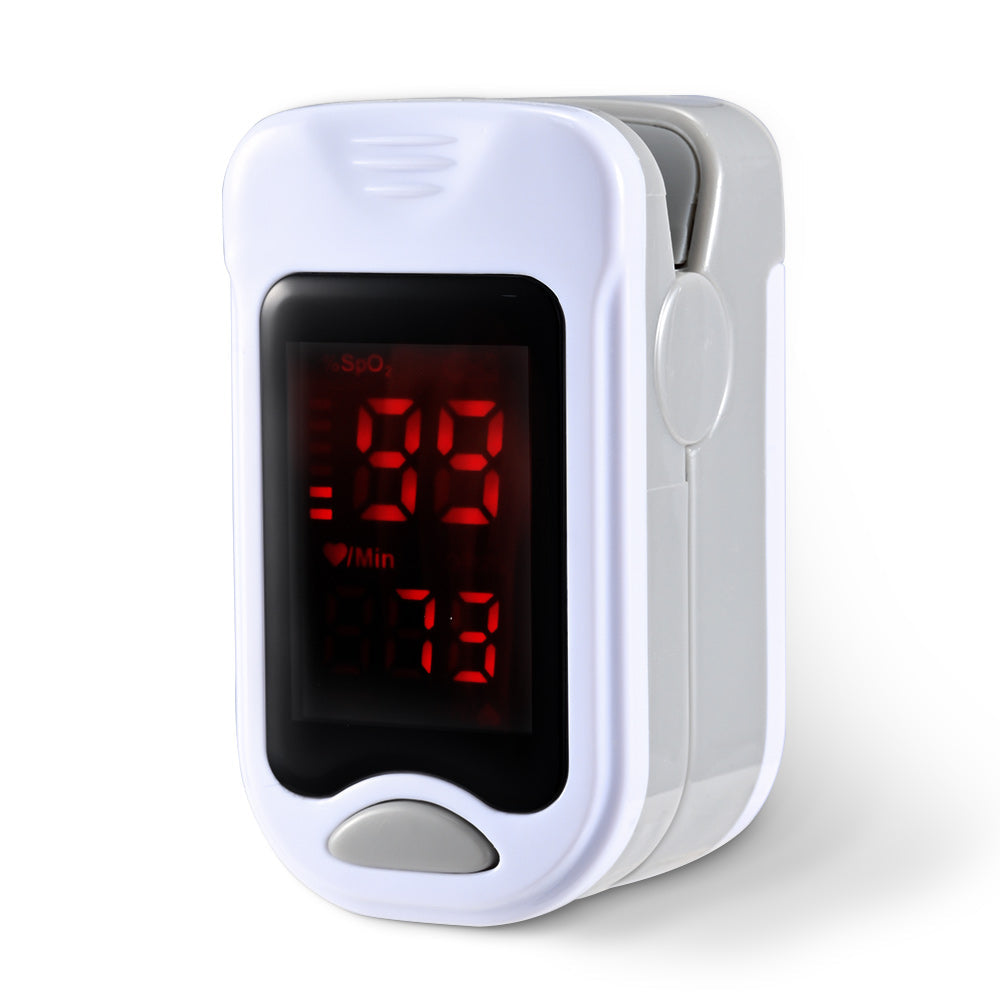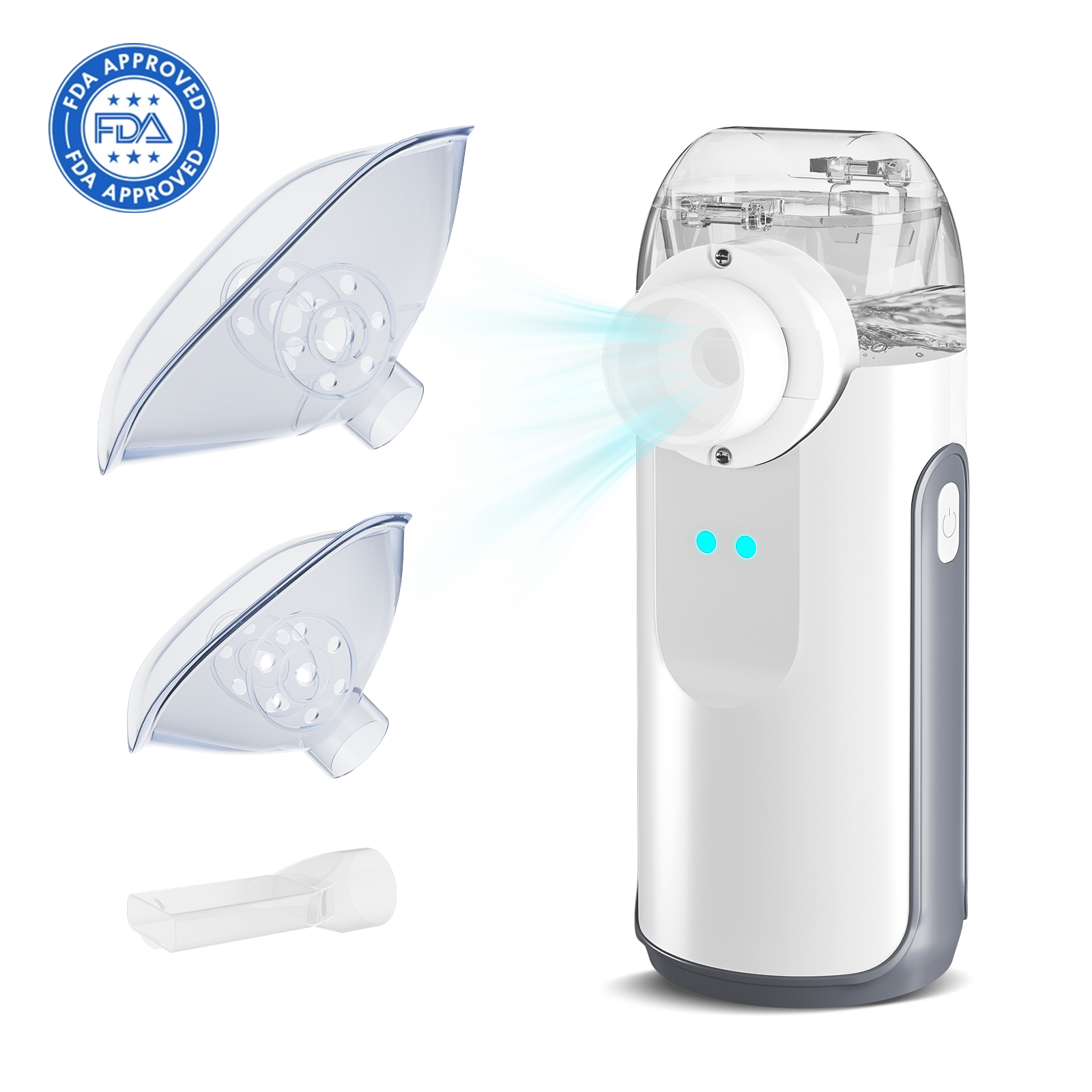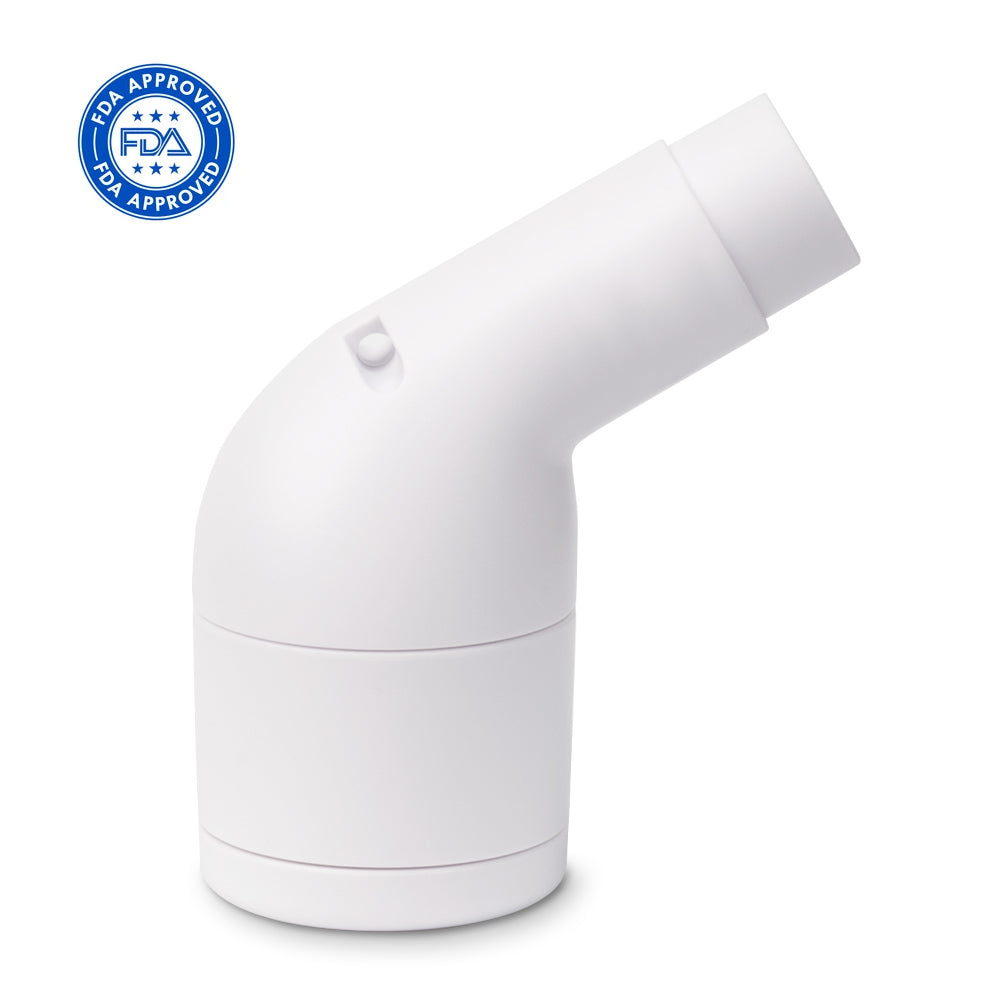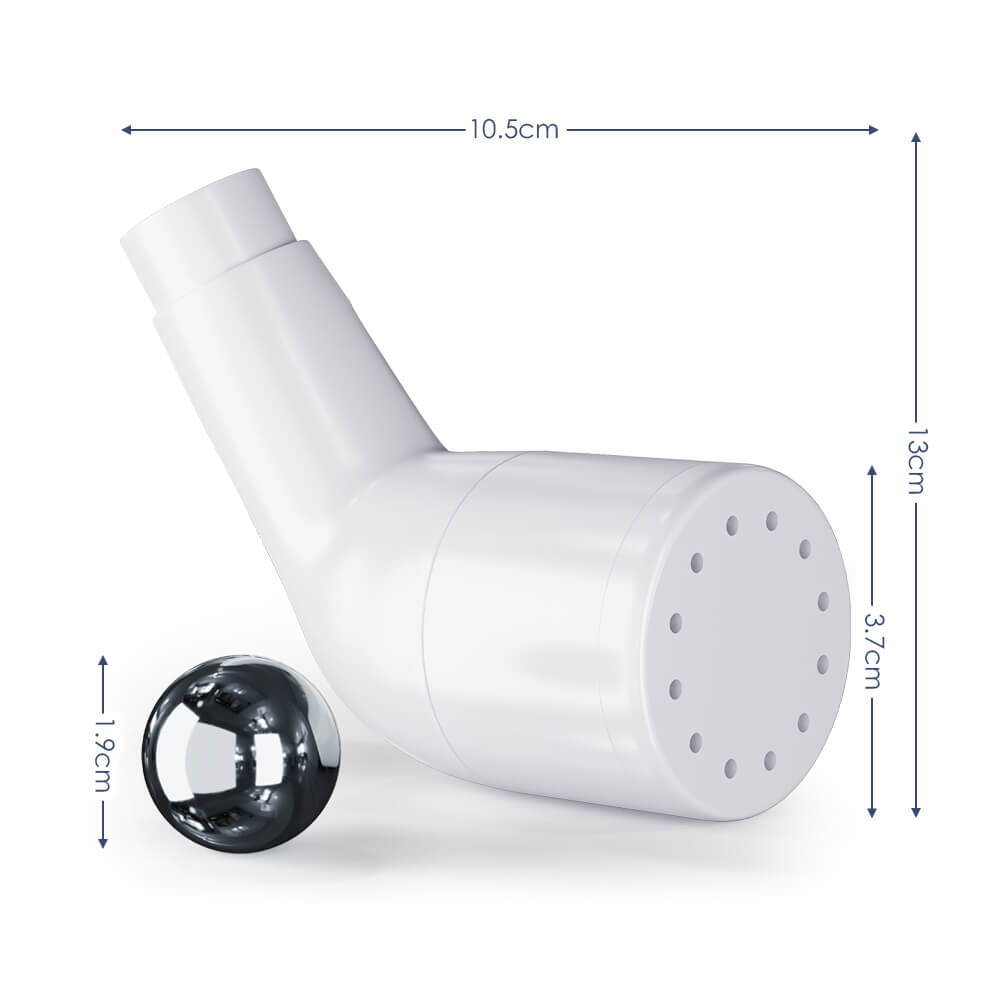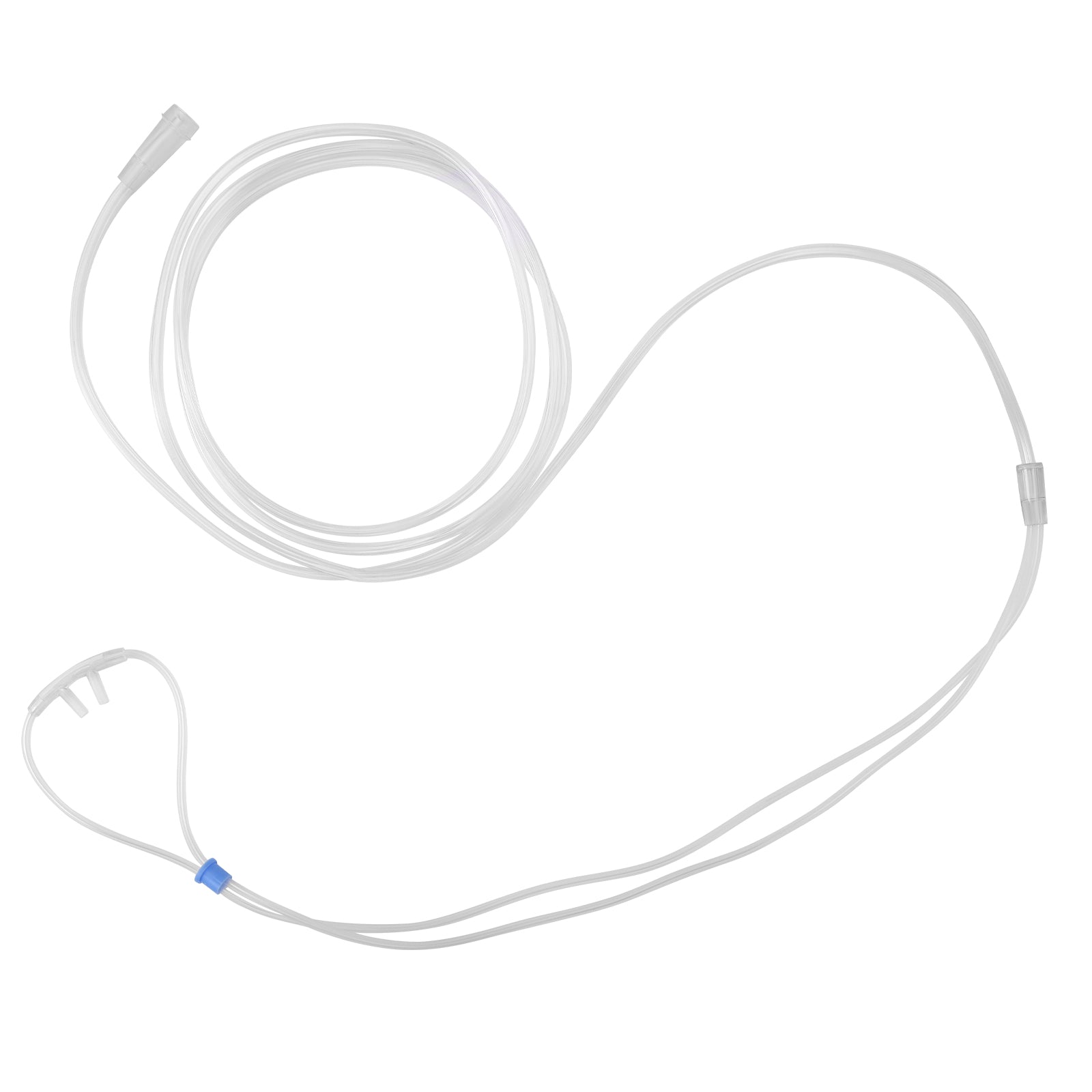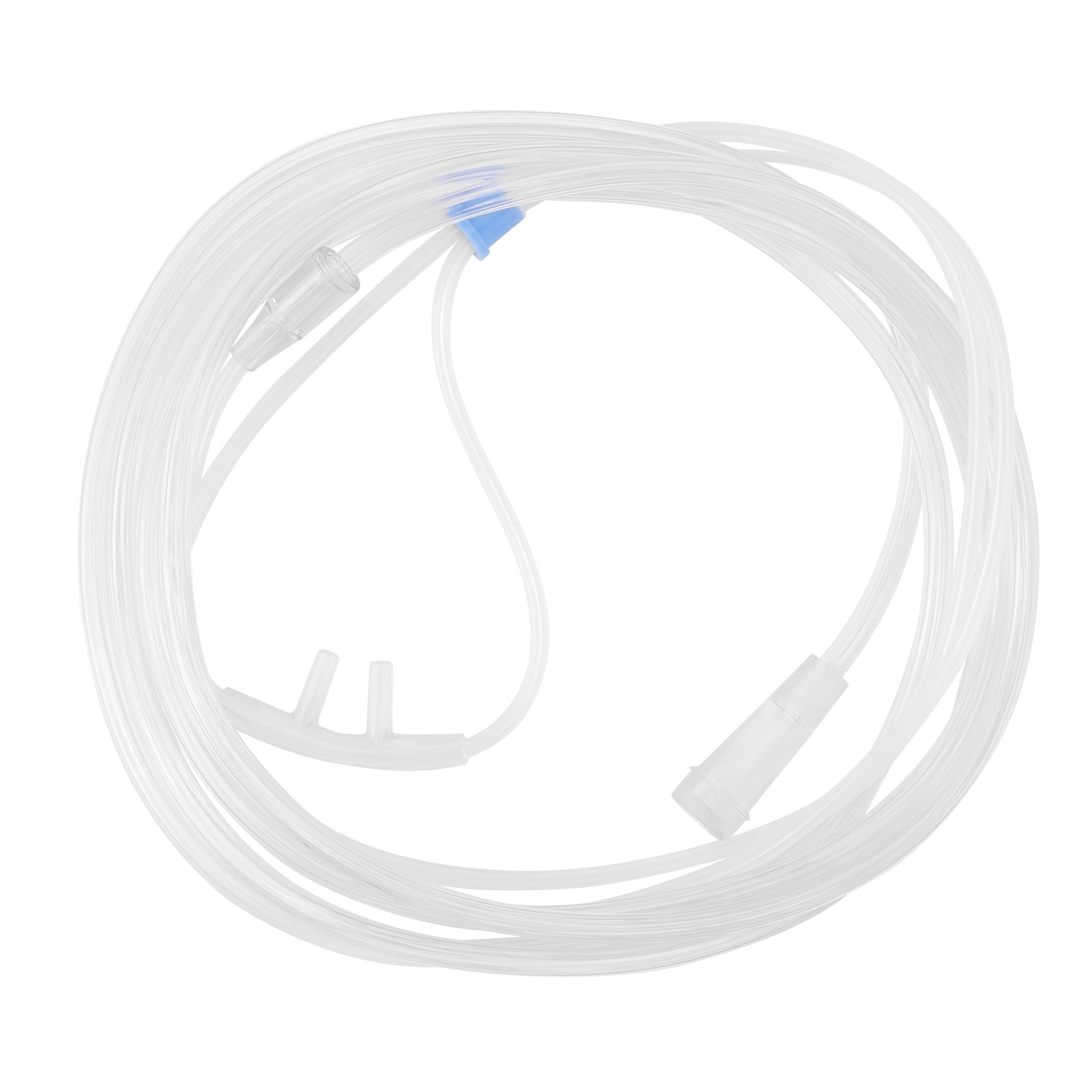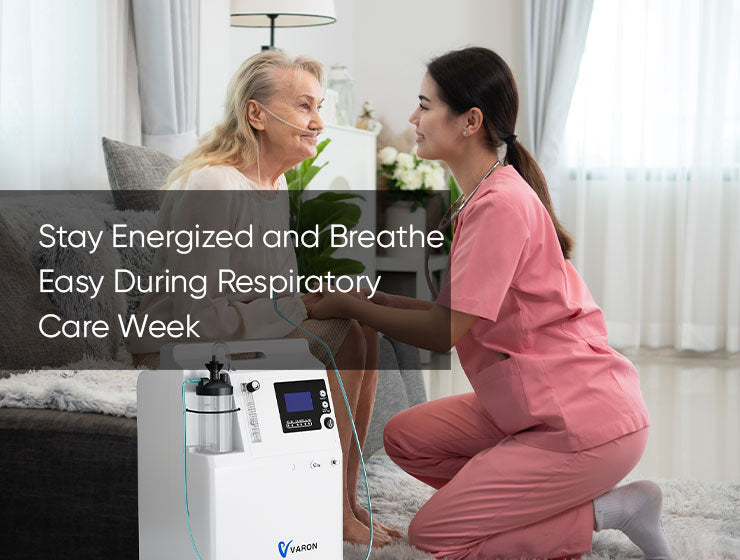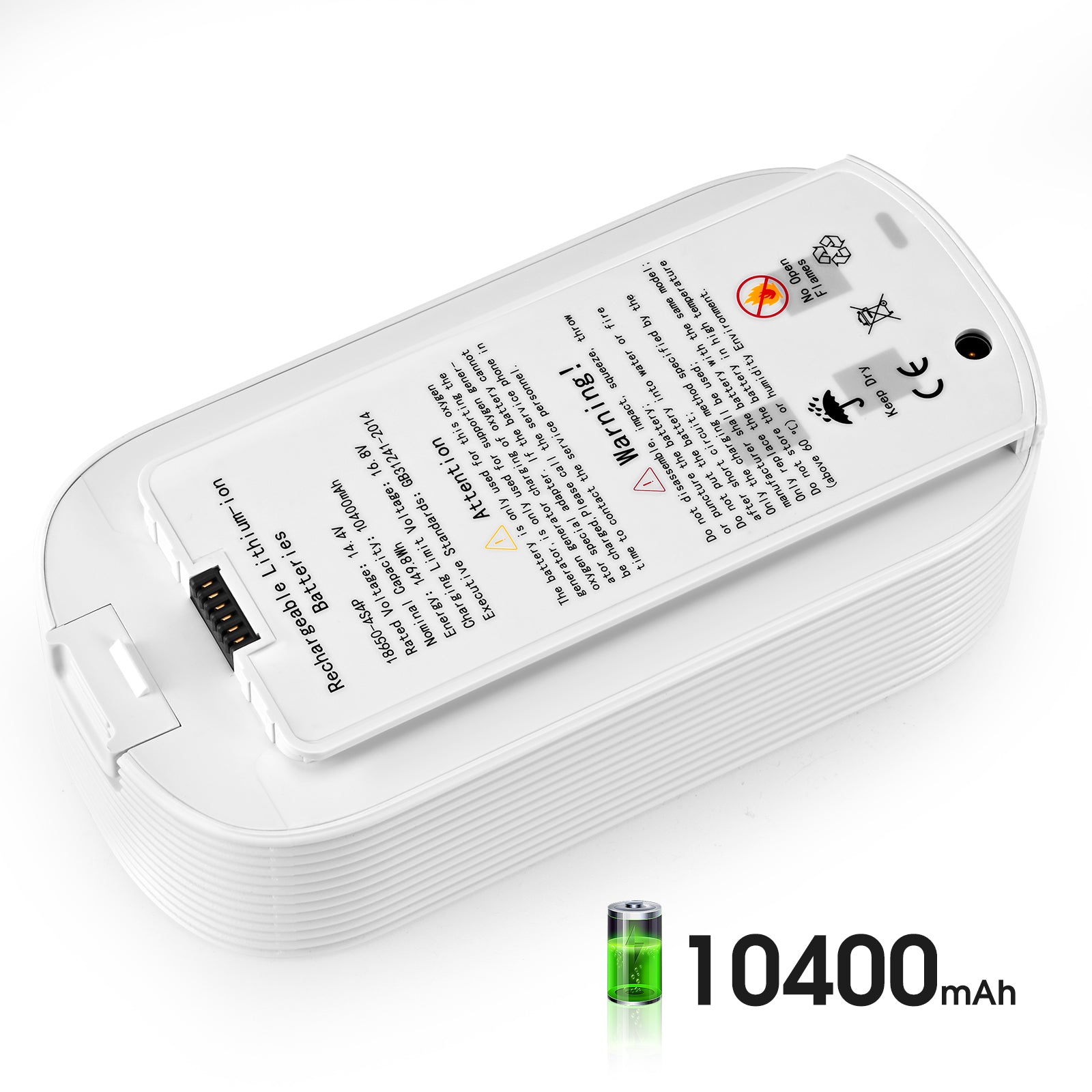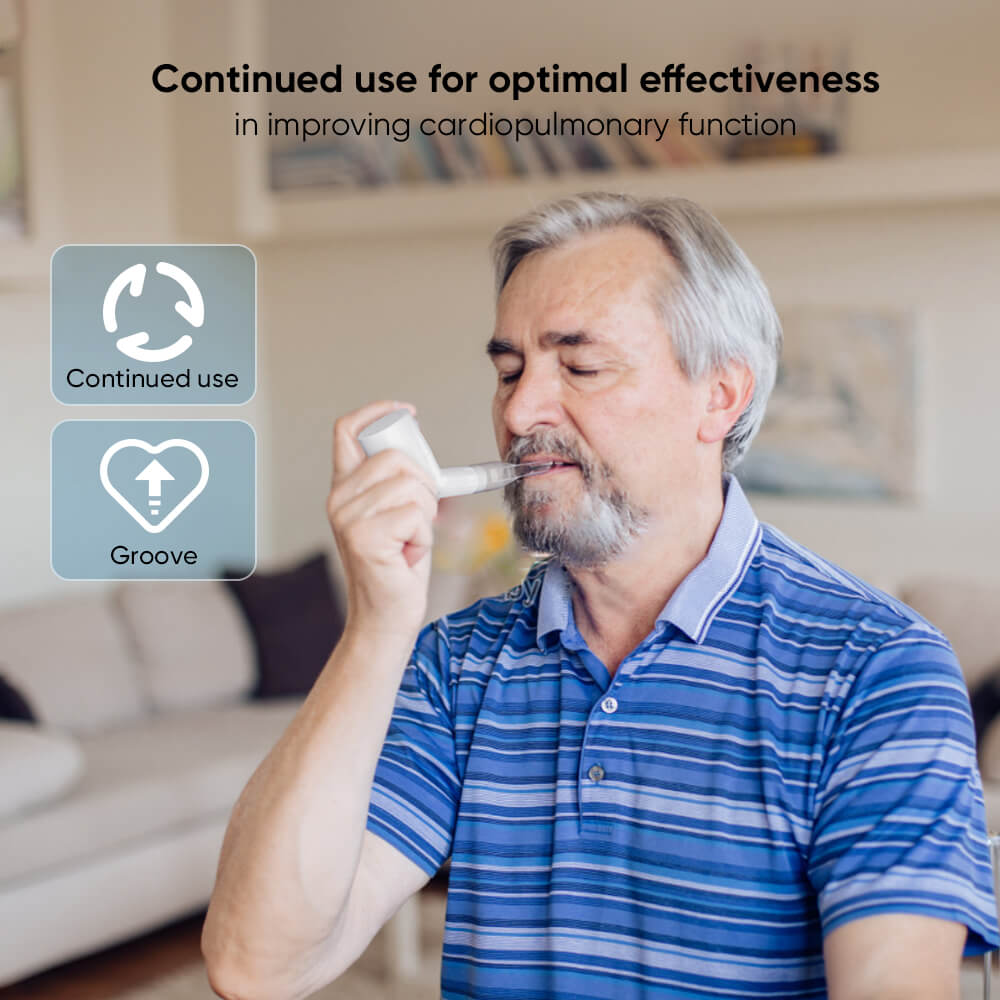What Are the Supplemental Oxygen Side Effects?
In general, supplemental oxygen is safe and effective when used correctly. However, as with all medical treatments, there is the potential for side effects, particularly when used incorrectly. The American Thoracic Society cautions that there are several recognizable hazards associated with the use of oxygen therapy that you should be aware of.1 Keep in mind that most of the side effects of oxygen use are rare when it is used as prescribed. Here are some oxygen therapy side effects to take note of:
-
Skin Irritation and Nasal Dryness
This is one of the most common side effects of oxygen use. Because oxygen therapy has a drying effect on the nasal passages, it is not uncommon for skin irritation, skin breakdown and nasal dryness to occur when using it. Using a moisturizing product such as AYR Saline Nasal Mist or AYR Nasal Gel can help lubricate and soothe nasal passages, making oxygen therapy more comfortable.
-
Fire Hazard
Although oxygen is not a flammable gas, it does support combustion, meaning that things will burn more readily in its presence. If you must use supplemental oxygen:
- Never smoke or allow anyone to smoke while oxygen is in use at home or in an automobile.
- Do not use oxygen near an open heat source, such as a wall furnace or electric stove.
- Avoid using personal care products containing petroleum.
-
Oxygen Toxicity
People who are exposed to high concentrations of oxygen for long periods of time are at risk for oxygen toxicity. However, this is not one of the particularly common oxygen therapy side effects for therapeutic users who use their oxygen as prescribed. People most at risk for oxygen toxicity include ventilator patients, premature infants and people receiving hyperbaric oxygen treatment. Indications of oxygen toxicity include coughing due to irritation of the airways, along with increased shortness of breath. For this reason, it is recommended that when oxygen therapy is warranted, the lowest effective dose should be given in order to avoid these supplemental oxygen side effects.
Frequently Asked Questions: Oxygen Therapy Side Effects
What are the symptoms of too much oxygen?
Although we think of oxygen as always being positive, we can actually get too much. This is one of the less expected oxygen therapy side effects as doctors are very careful about the flow rates they prescribe, but it is good to be aware of nonetheless. The majority of the time, the symptoms of too much oxygen are minimal and can include headache, sleepiness or confusion after beginning supplemental oxygen. You may also experience increased coughing and shortness of breath as the airways and lungs become irritated. If you find that you are experiencing these side effects of oxygen use, call your doctor right away to change your flow setting.
Are there side effects of oxygen therapy in cold places?
In the cold, your nasal cannula and tubing will become stiffer than normal. This can increase the likelihood of skin irritation. You may also find that your skin is drier than normal in cold climates, which makes nasal dryness more of an issue as well. Consider lubricating your nostrils if you will be in the cold for any amount of time. Wrapping a scarf after your tubing can help with stiffness. Though these are the only real side effects of oxygen therapy in cold places, you should talk to your oxygen provider about any measures you should take to ensure your oxygen delivery system works as normal in the cold.
Are there any unique oxygen therapy at home side effects?
There are no supplemental oxygen side effects that are unique to home use. You should be aware of the potential fire hazard and be extra careful about when or where you use your oxygen supplies, as always. It is also important that you only use supplemental oxygen as directed; never adjust the flow rate or amount of time used without first speaking to your doctor. If you use your oxygen carefully and responsibly, there should not be oxygen therapy at home side effects that should worry you.


